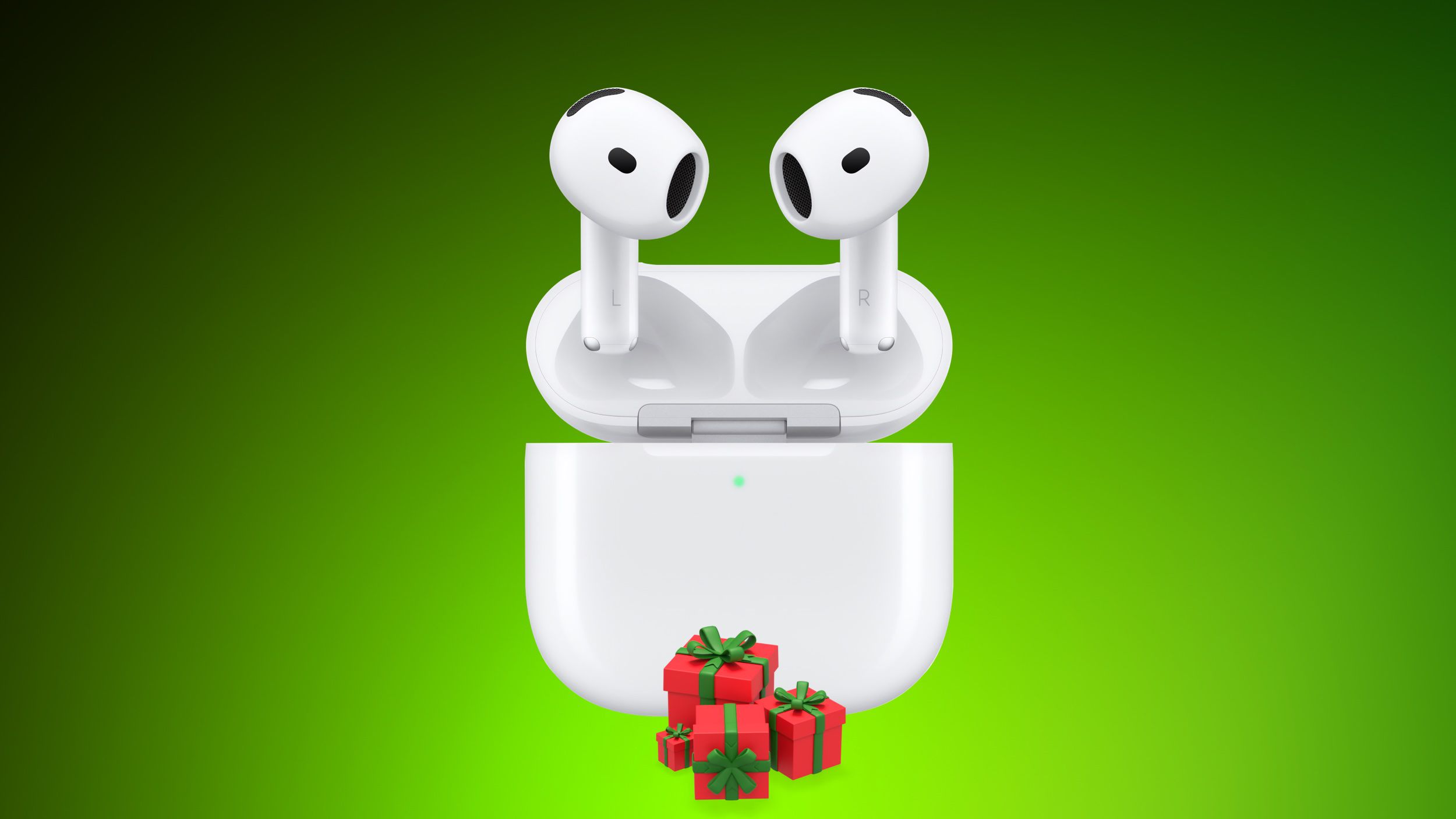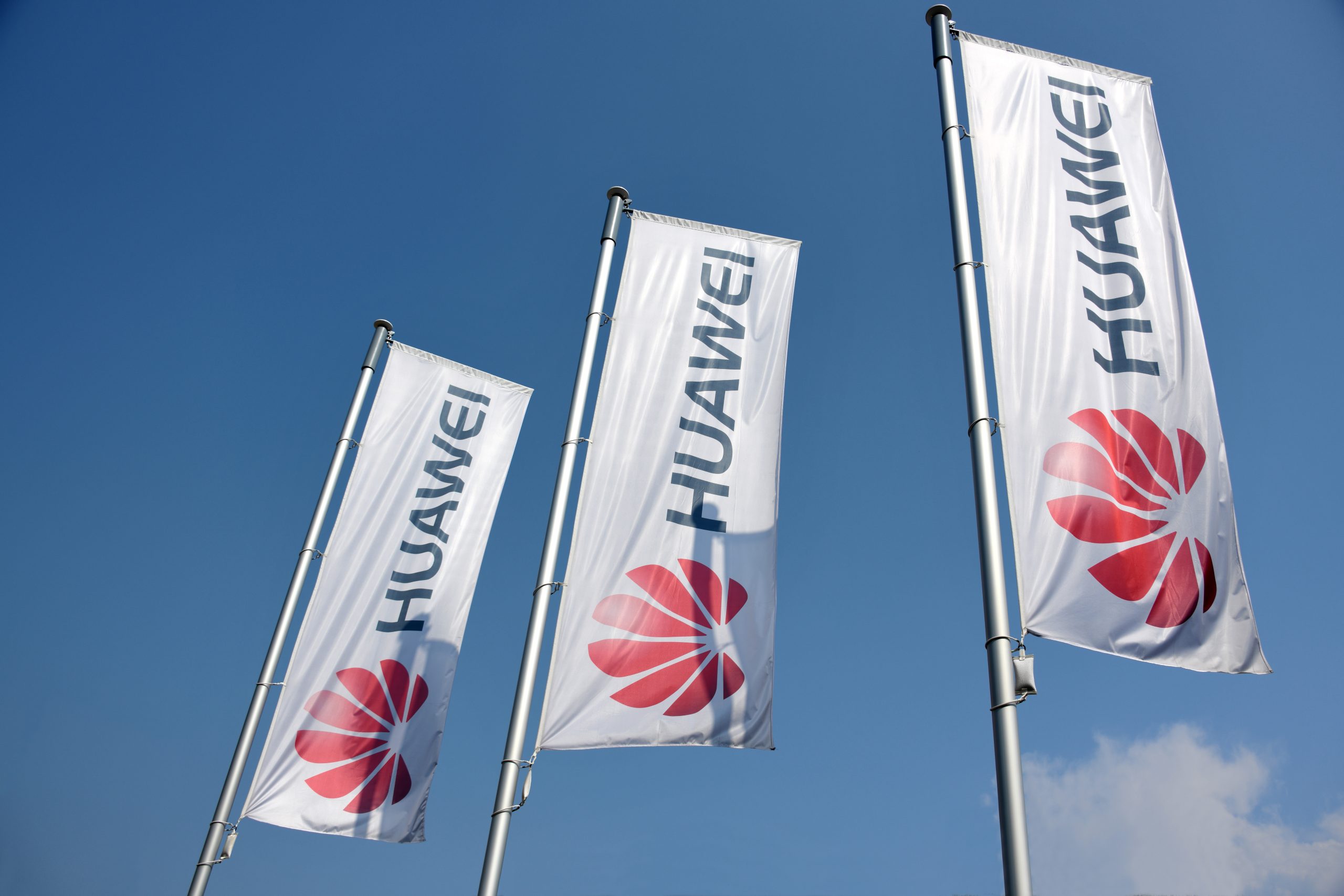GNOME 49, codenamed “Brescia,” has officially been released, bringing a lot of new features and improvements like a new video player, a new document viewer, and some awesome new wallpapers. You’re going to see it rolling out to popular Linux distributions like Fedora 43 and Ubuntu 25.10 very soon.
Showtime is now the default video player, replacing the old Totem app. The new Video Player is built on a more modern base (GTK 4 and Libadwaita), and it seems better at giving you a distraction-free viewing experience. It’s got all the essentials you’d expect, like adjustable playback speed, multiple audio and subtitle tracks, and the ability to take screenshots. It’s a much-needed upgrade that makes watching videos feel more straightforward.
In a similar move, Papers is taking over as the default Document Viewer, replacing Evince. Like the new video player, it’s built with GTK 4 and Libadwaita, and it brings a cleaner design and better performance. Papers also has a cool new streamlined PDF annotation feature and can handle all the usual formats like PDFs, DjVu, and even comic-book archives.
Speaking of improvements, the Calendar app got some serious love in this release. The developers have made it way more accessible for people who rely on keyboard navigation or assistive technologies. The interface is now more flexible, so it can adapt to different window sizes, and you can even hide the sidebar for smaller screens.
You can also now export your events as .ics files, which is very handy for sharing or backing up your schedule. The web browser has also been given a major round of bug fixes and new features. It now has better ad blocking with support for regional lists, a new site-specific menu in the URL bar, and a cool estimated reading time feature for reader mode. There are also better security features and a redesigned password management dialog, which is always a good thing.
I’m pretty basic because I love a good visual upgrade, and GNOME 49 is delivering big time on that front. It’s got a new wallpaper catalog that’s specifically made for HDR displays and the Display P3 color space. This is because of some better color management in GNOME’s window manager, Mutter, which can now render wallpapers with their full 16-bit-per-channel RGB depth. This looks good, but it also helps that the performance of color-managed pipelines has been improved.
On the productivity and convenience side, there are a bunch of smaller but really meaningful improvements. The lock screen now has media controls, so you can pause or skip tracks without having to unlock your computer. There are also new HDR brightness controls in the Quick Settings, so you can easily adjust the brightness of external displays. Also, you can enable Reboot and Shutdown options directly from the lock screen.
If you’re a remote desktop user, you’ll be happy to know that GNOME’s remote desktop capabilities have been enhanced with multitouch input support and relative mouse input for things like gaming. There are also additional virtual monitors when using GNOME as a remote desktop.
As always, the GNOME Circle initiative is still growing, with two new apps, Mahjongg and Wordbook, coming in the update. If you’re eager for more, you’re in luck, because GNOME 50 is planned for March 2026.
Source: GNOME









